The revelation of the names of 628 beneficiaries of the Rs425 billion soft credit scheme may capture the attention of the public that has an unsatiable appetite for controversies, but the disclosure of the source of funds, its targets, the perceived cost and actualised benefits are probably also relevant and merit attention.
It is equally important to know if the scheme was a State Bank of Pakistan (SBP) brainchild or if the finance ministry pulled the strings to issue investors’ friendly stimulus.
Furthermore, do schemes such as Temporary Economic Refinance Facility (TERF) essentially fit in the monetary policy tools kit of the central bank, or it falls in the ambit of fiscal policy, spelt by the finance ministry?
Who must answer for TERF, Dr Reza Baqir, governor SBP at the time or former finance minister Dr Abdul Hafiz Sheikh?
Do such schemes fit in the monetary policy tools kit of the central bank or fall in the ambit of fiscal policy, spelt by the finance ministry?
The plot thickened when last week, a day after reports of the Public Accounts Committee (PAC) dropping the matter during an in-camera hearing on TERF, formed an inquiry committee comprising of the Auditor General’s office, Federal Investigation Agency and National Accountability Bureau to investigate the issue and report back to PAC in 15 days. It’s a task that many, familiar with such affairs, consider undoable in the limited time.
Apologists of the banking sector resented the move that they believed breached norms. Experts, however, insisted that the PAC reserved the right to decide in matters involving public money if and when it wants.
The argument that TREF was beyond PAC mandate because funds for the said scheme were not budgeted holds no ground, experts noted.
“When State Bank accounts like other autonomous bodies and state-owned commercial entities are audited and reported, how can any scheme of SBP land beyond PAC’s purview,” a senior source in Islamabad made a point.
Some analysts questioned PAC’s capacity to dissect and analyse TERF keeping the full context in sight. They also cast doubts on ‘the real motive’ of fanning controversies and the misinformation circulating in the media.
The absurdly high worth of TERF repeatedly quoted is incorrect, for example. “No one knows who invented $3bn associated with TERF and tossed it around”, said a Lahore-based economist.
“If PAC means business and cares to vet TERF objectively, it should engage technically sound and credible economists and reputable bankers to conduct an evidence-based inquiry before jumping to conclusions,” a senior source in the know of things suggested.
“If not, the whole exercise will appear politically motivated, aiming to vilify political opponents and distract angry public close to elections,” he hammered.
The background research revealed that the SBP printed currency to provide the requisite funds to commercial banks for the scheme. The (M2) money supply graph on the SBP website, however, did not record a significant spike in currency supply in the following quarters, implying a limited inflationary impact.
A treasurer of a commercial bank explained the trend in the said graph, reproduced here. “In a country where the currency in circulation stands at about Rs30 trillion, Rs420bn (barely one per cent) was too meagre an amount to create a profound impact on inflation despite being inflationary in nature,” he said.
The debate on TERF started when the public accounts committee of the parliament, headed by Noor Alam Khan, picked up the issue out of the blue recently and demanded details, including disclosure of the names of 628 beneficiaries. If one assumes an equal loan size, each recipient secured credit of Rs678 million if all sanctioned loans under TERF were availed.
The PAC demand for disclosure of the names of beneficiaries is said to have generated nervousness in the ranks of the privileged client base of the country’s commercial banks. The dominant business families peddled the narrative that the hyperactivity of the PAC may backfire by scaring further the already reluctant investors.
A former finance minister indirectly supported PAC when during an interview, he mentioned that to avail TERF, there are cases where machinery was imported to be dumped at dysfunctional industrial estates like Gadoon Amazai.
“It is ironical that people who were quick to avail the opportunity are criticising it publicly,” said an insider of the government’s finance team, not hinting at Miftah Ismail, whom he referred to as ‘a lose canon firing in all directions all at once’.
In March 2020, to moderate the economic fallout of the pandemic and lend support to distressed businesses, the State Bank of Pakistan introduced the Temporary Economic Refinance Facility.
On the website of SBP, all relevant documents elaborating on the details of the scheme covering its justification, jurisdiction, purpose, guidelines, modes of operandi, etc are available. Pakistan fared better than most countries in containing the pandemic and its fallout, and its economy bounced back quicker than many developed nations.
To avoid sensationalism and haste, the PAC must engage experts for the holistic understanding of the issue at hand. Both architects of the scheme and its beneficiaries must own up and explain their conduct after drawing the credit amount.
When a soft credit scheme is financed by printing currency by the central bank, it also poses a fiscal component. It creates new money in the economy that expands the money supply with fiscal implications. Besides building inflationary pressures, it affects the government’s revenue and spending.
It, therefore, seems inappropriate to hold exclusively the SBP accountable and absolve the PTI government and its finance team of the responsibility. A quick reference to economic literature also confirmed that such soft credit refinance schemes are not exclusively monetary or fiscal.
“It would be absurd to hunt down businesspersons who matched the qualifying criteria to access loans or the commercial banks who disbursed the credit under the tight oversight of the regulator,” said a tycoon, probably amongst select recipients of concessional credit.
Many attempts were made for comments from SBP and PAC head MNA Noor Alam Khan, but their input did not reach the scribe till the filing of this report.
Published in Dawn, The Business and Finance Weekly, July 17th, 2023
















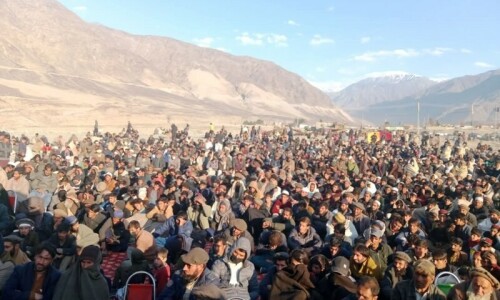
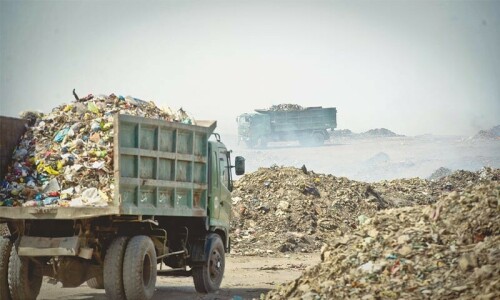

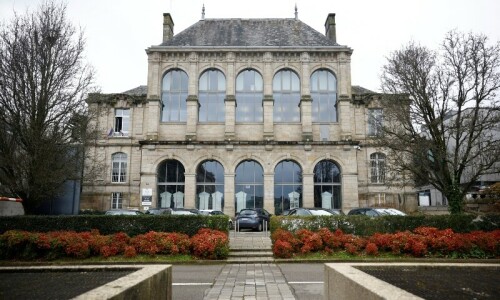




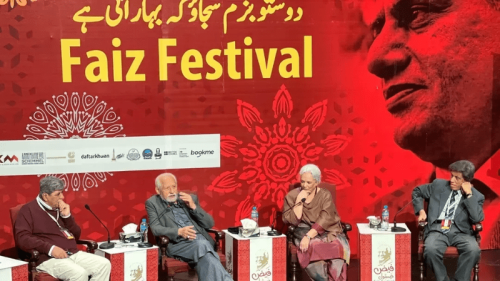














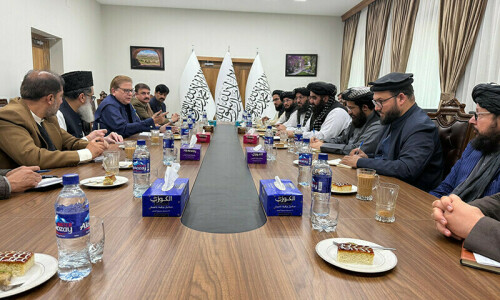
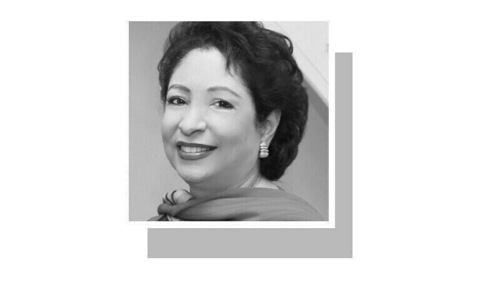




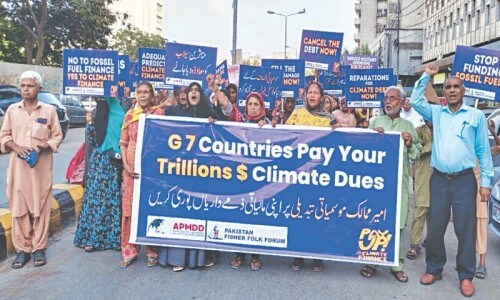
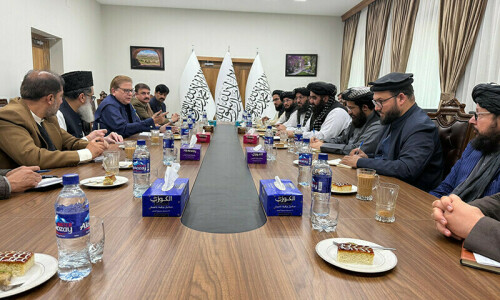



Dear visitor, the comments section is undergoing an overhaul and will return soon.